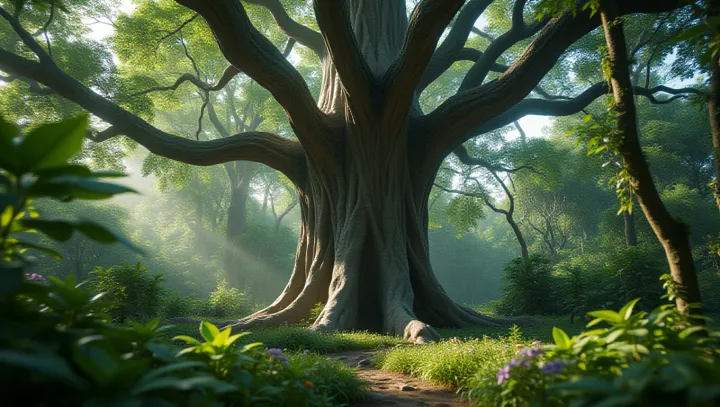What Stops Trees from Reaching the Sky?

In the lush, vibrant forests of Amazonia, where biodiversity thrives, researchers marvel at the towering giants that define the skyline. These majestic trees, some reaching heights of 100 meters, pose a tantalizing question: Why don't trees grow even taller. Scientists attribute this limit to an interplay of environmental factors and genetic predispositions.
Dr. Eleanor Greenfield from the University of Oxford highlights, 'The balance of water transport and mechanical constraints imposes a natural limit to growth.' These limitations ensure stability, preventing structural collapse. Moreover, varying climates and soil conditions around the world dictate growth ceilings.
In regions with harsh weather, strong winds or limited nutrients, trees often adapt by prioritizing survival over height. Understanding these factors can inform conservation strategies, particularly in the face of climate change. Genetic factors also play a crucial role.
Each species has intrinsic height limits encoded within its DNA, influencing its growth potential. This knowledge helps botanists breed more resilient species that can adapt to changing environments, thus supporting biodiversity.
